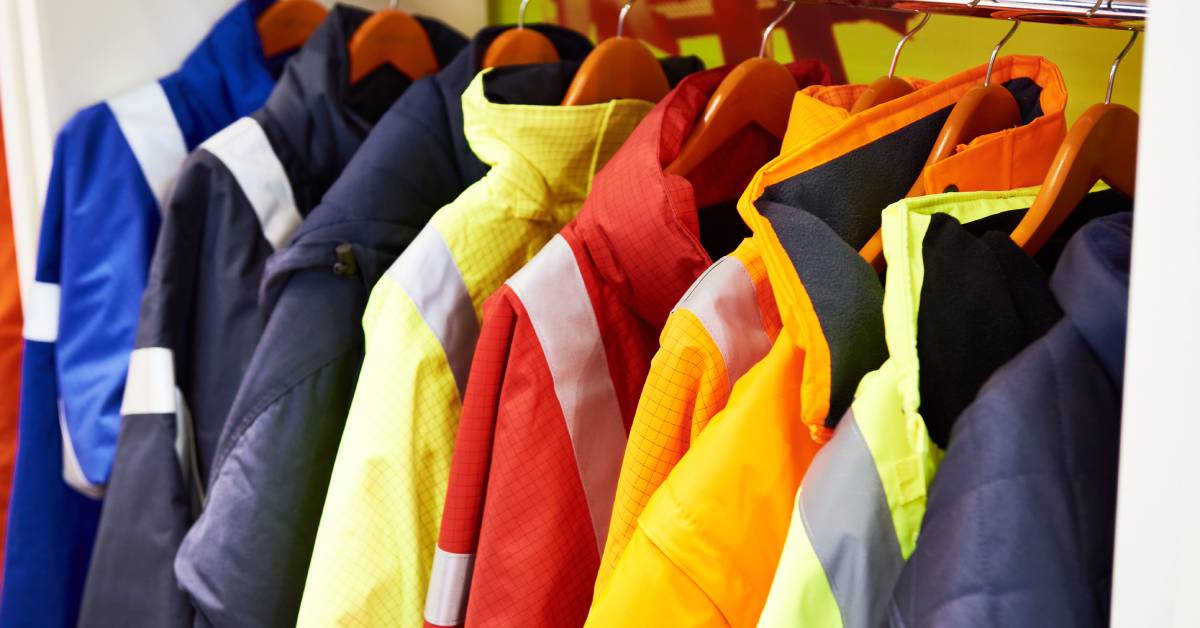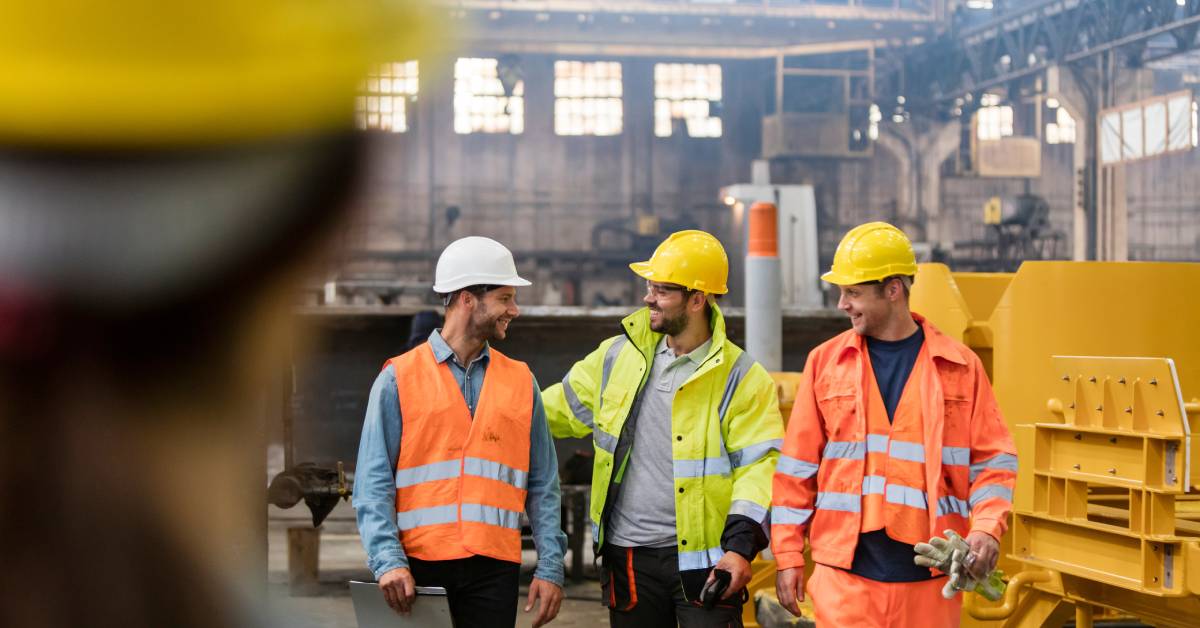Fire-resistant (FR) clothing protects workers from flames and thermal hazards, serving as a critical layer of safety in hazardous environments. Today, technological innovations in FR clothing are enhancing safety like never before. Professionals across industries such as oil and gas, electrical utilities, chemical manufacturing, and construction can now enjoy greater protection while they do their jobs. Let’s look at where these improvements have come from.
More Durable Designs
Workers who need FR clothing operate in some of the most demanding environments, so their garments must withstand wear and tear without compromising protection. Advancements in materials and construction mean FR clothing is now built to last longer, even in the toughest conditions.
Quality Fabrics
Before modern advancements, FR clothing relied on heavier, less durable materials that offered limited comfort and mobility. Materials like Nomex and Kevlar have transformed the FR clothing industry.
Nomex, a trademarked flame-resistant material, is lightweight yet highly effective at resisting extreme temperatures. Its fibers don’t melt or drip, offering reliable protection in hazardous environments.
Kevlar, known for its incredible strength, is the same material used in bulletproof vests. It adds exceptional toughness to FR gear while maintaining flexibility, ensuring garments resist ripping or wearing down prematurely.
Coatings
Not all fabrics naturally repel flames, but modern technologies make it possible to enhance standard materials like cotton or polyester with flame-retardant coatings. These coatings treat the fabric with chemical compounds that resist combustion. With fire-resistant coatings, workers can wear more comfortable gear while remaining safe against flames, heat, and so much more.
Production Advancements
The evolution of fire-resistant clothing doesn’t stop at materials—it extends to garment manufacturing. Modern production techniques drive greater precision, consistency, and efficiency so every piece of FR clothing meets strict safety standards while addressing workers’ needs for comfort and durability.
Automated Manufacturing
Advanced machinery and robotics allow manufacturers to create garments with precise stitching, consistent quality, and faster turnaround times. Automated processes mean that every seam and layer of material meets rigorous safety standards, reducing the risk of human error during production. By streamlining manufacturing, companies can scale production while maintaining quality standards, providing workers with reliable, durable FR clothing faster than ever.
Smart Technology Integration
Sensors embedded into garments can monitor environmental conditions, such as temperature or exposure to hazardous chemicals, and provide real-time alerts to workers, helping them stay safe on the job.
Additionally, some smart FR clothing has tracking systems to monitor wear and tear so workers replace garments before they compromise safety. These innovations enhance protection and improve efficiency for workers and employers alike, setting a new standard for safety apparel in the modern workplace.
Advanced Quality Control
Automated inspection systems now use AI and machine vision to detect flaws in fabric, stitching, or construction with unparalleled accuracy. These systems can identify defects that might compromise safety, such as weak seams or inconsistencies in material strength, far more effectively than manual checks.
In addition, manufacturers incorporate stress-testing protocols during production to simulate real-world conditions. These protocols ensure garments can withstand extreme heat, abrasion, and other hazards workers may encounter on the job.
Fighting Off More Than Just Flames
Modern FR clothing doesn’t just protect against fire. Today’s designs shield workers from a wide range of hazards, including electrical arcs, chemicals, and even extreme weather.
Extreme Heat
Moisture-wicking, breathable materials keep workers cool and dry, even in the most challenging environments. Advanced fabrics resist melting or igniting while regulating body temperature during prolonged exposure to heat.
Electrical Arcs
FR clothing provides critical protection against electrical arc flashes, a common hazard in industries like utilities and construction. These garments insulate and shield workers from the intense heat and energy released during arc flashes, helping to prevent severe burns and injuries.
Chemical Spills
Modern FR clothing is also designed to protect against accidental chemical spills. Many garments have durable, chemical-resistant coatings that prevent hazardous substances from penetrating the fabric. This added layer of protection is essential for workers in industries like manufacturing, oil and gas, and chemical processing, where exposure to dangerous liquids is a daily risk.
Winter Weather

Beyond fire and hazardous materials, FR clothing can also provide insulation and weather resistance for workers exposed to harsh outdoor conditions. FR coats, pants, and other options now combine thermal insulation with flame resistance so workers can operate safely outdoors in cold temperatures without compromising protection. Insulated liners, water-resistant outer layers, and durable designs help workers stay warm and shielded from potential hazards.
Safety Doesn’t Require a Sacrifice
One of the most important technological innovations is how FR clothing is so comfortable and convenient that you’ll want to wear it daily. After all, it can’t keep you safe if you’re not using it!
Ease of Mobility
Heavy, stiff materials were once unavoidable in FR clothing, but advancements in fabric design have prioritized flexibility. Workers can now move freely, whether they’re climbing scaffolding, bending to pick up tools, or running emergency drills. Some garments even feature stretch panels placed strategically to enhance the range of motion without compromising safety.
Comfortable
Elastic waistbands, breathable fabrics, and moisture-wicking properties have transformed how FR garments feel. Workers who spend long hours in protective clothing can now experience all-day comfort, even in hot or physically demanding environments. The ability to stay cool and comfortable translates to increased focus and productivity.
Stylish
Who said safety gear can’t look good? Modern FR clothing combines sleek designs with advanced functionality. Think tailored cuts, attractive color options, and subtle patterns—perfect for combating the stigma that protective gear is always “unfashionable.”
Environmental Benefits
Evolving toward sustainability is another remarkable technological innovation in FR clothing. Workers can now prioritize safety without compromising environmental responsibility.
Recyclable and Eco-Friendly Materials
Modern FR garments incorporate recyclable fibers and eco-friendly production processes. By using these materials, manufacturers reduce waste and ensure that protective clothing aligns with sustainability goals.
Longer Garment Lifespans
Advancements in fabric durability mean FR clothing lasts longer, reducing the need for frequent replacements. This longevity cuts costs and minimizes the environmental impact of production and disposal.
Affordable and Available

You’d think these cutting-edge advancements would come with an astronomical price tag, but that’s no longer the case. Technological innovations in FR clothing are enhancing safety while keeping the garments accessible.
If you’re ready to upgrade your safety wardrobe, start your search at FR Outlet. With top-notch options and unbeatable prices, it’s never been simpler to invest in advanced protection for yourself or your team.